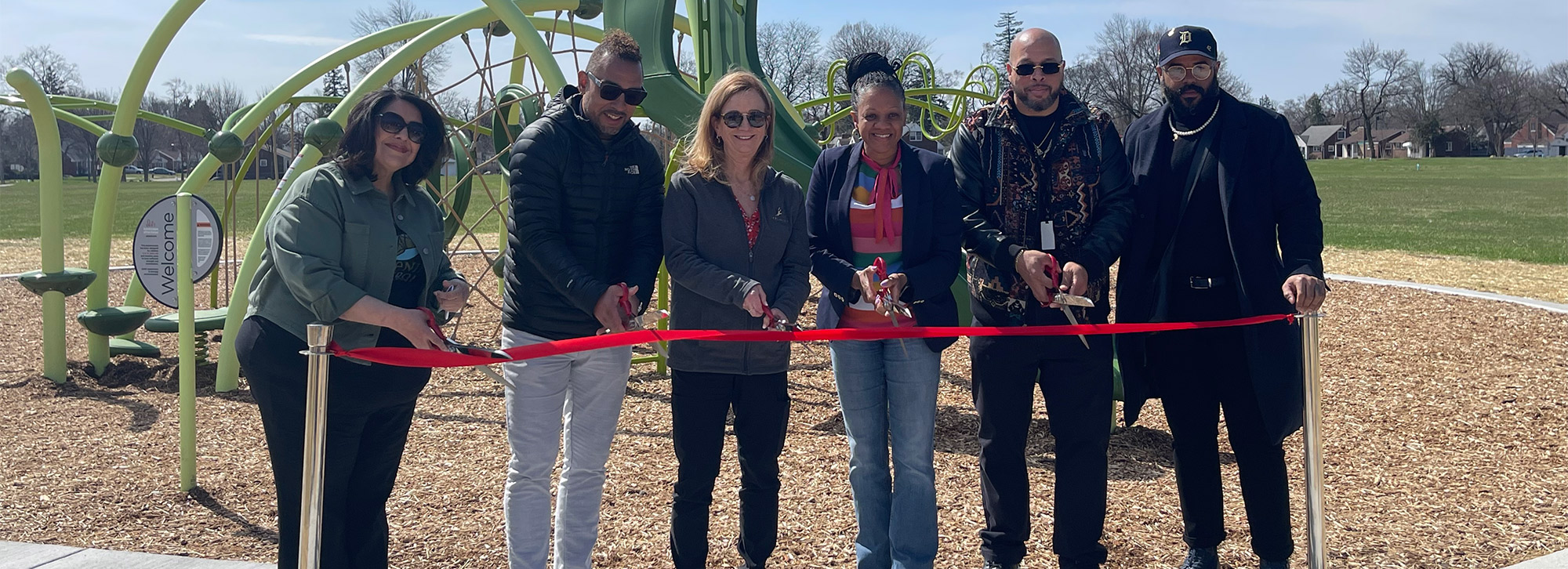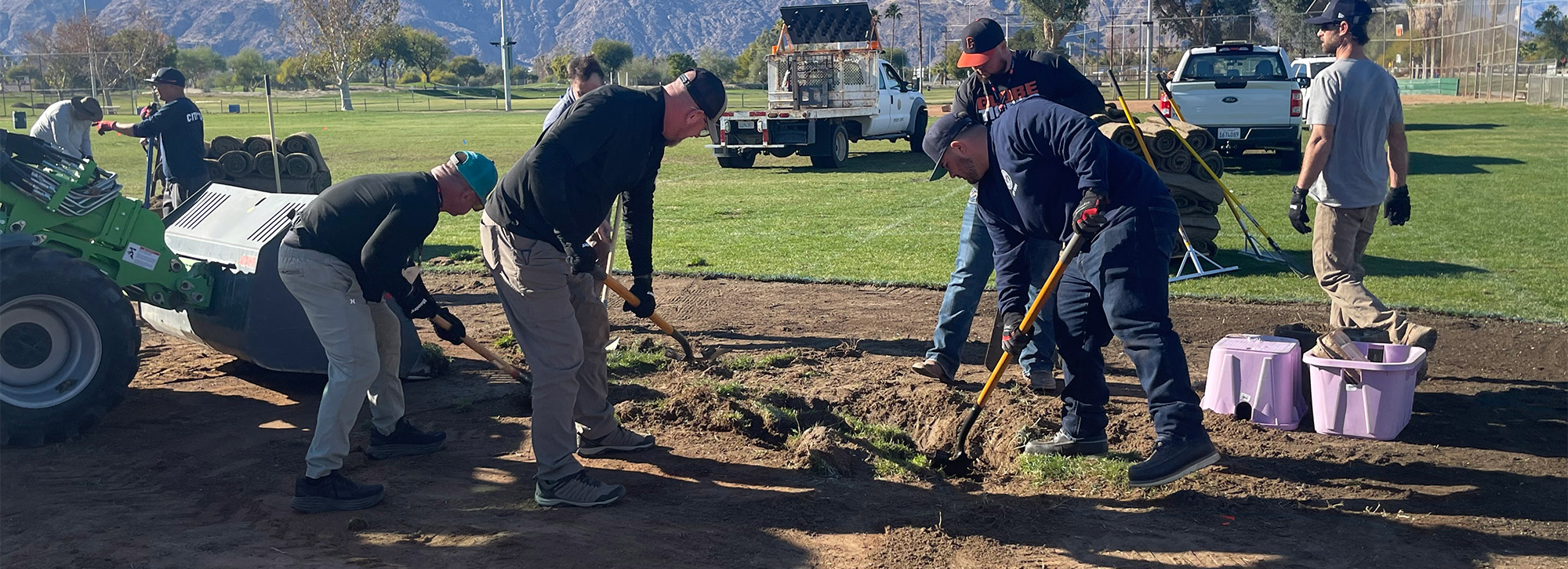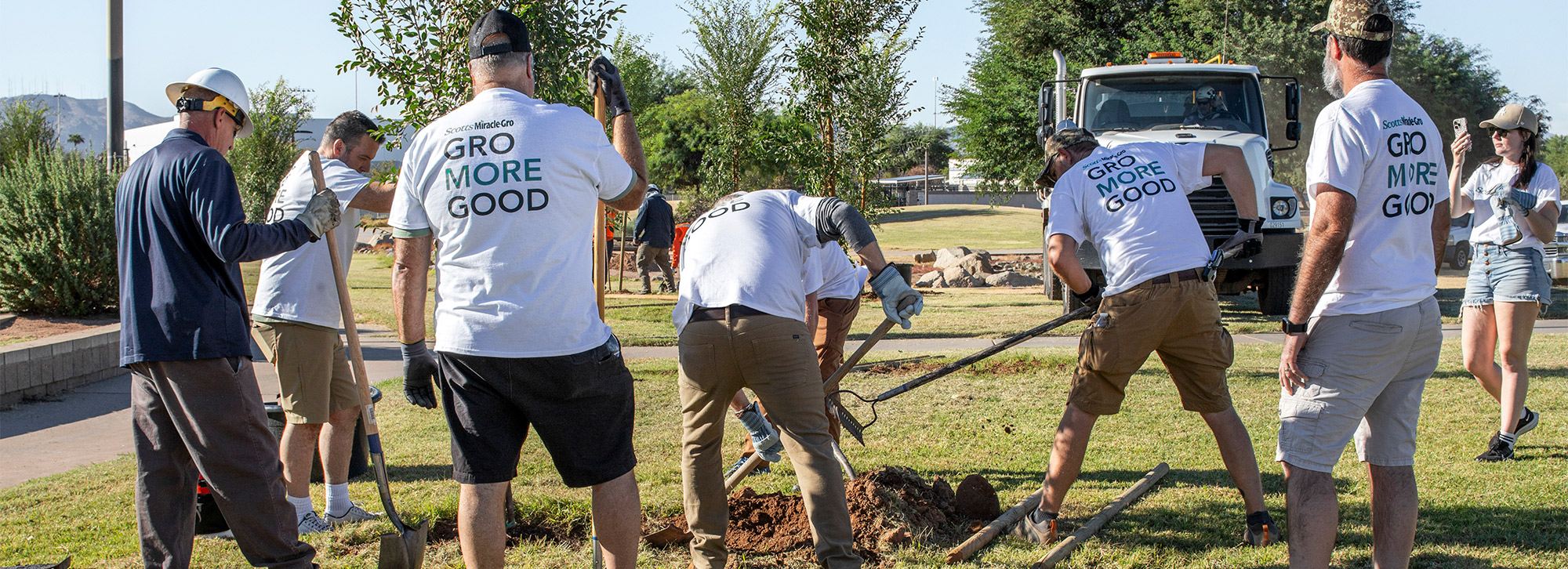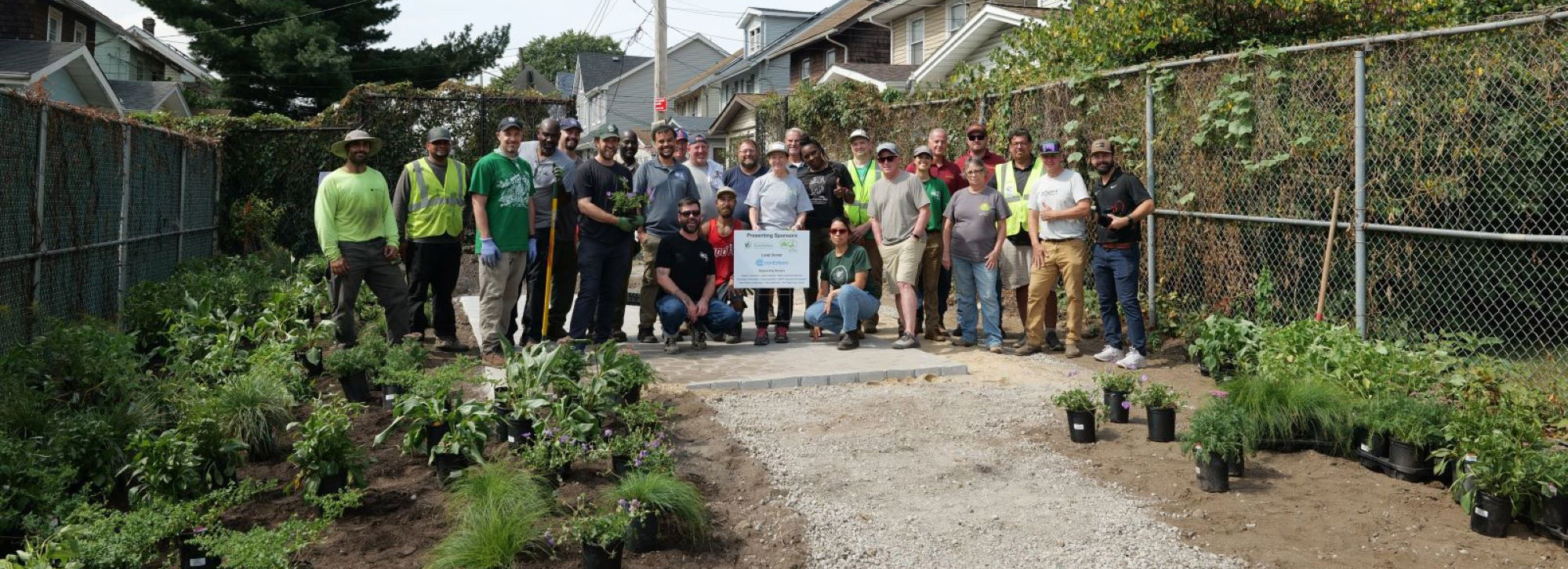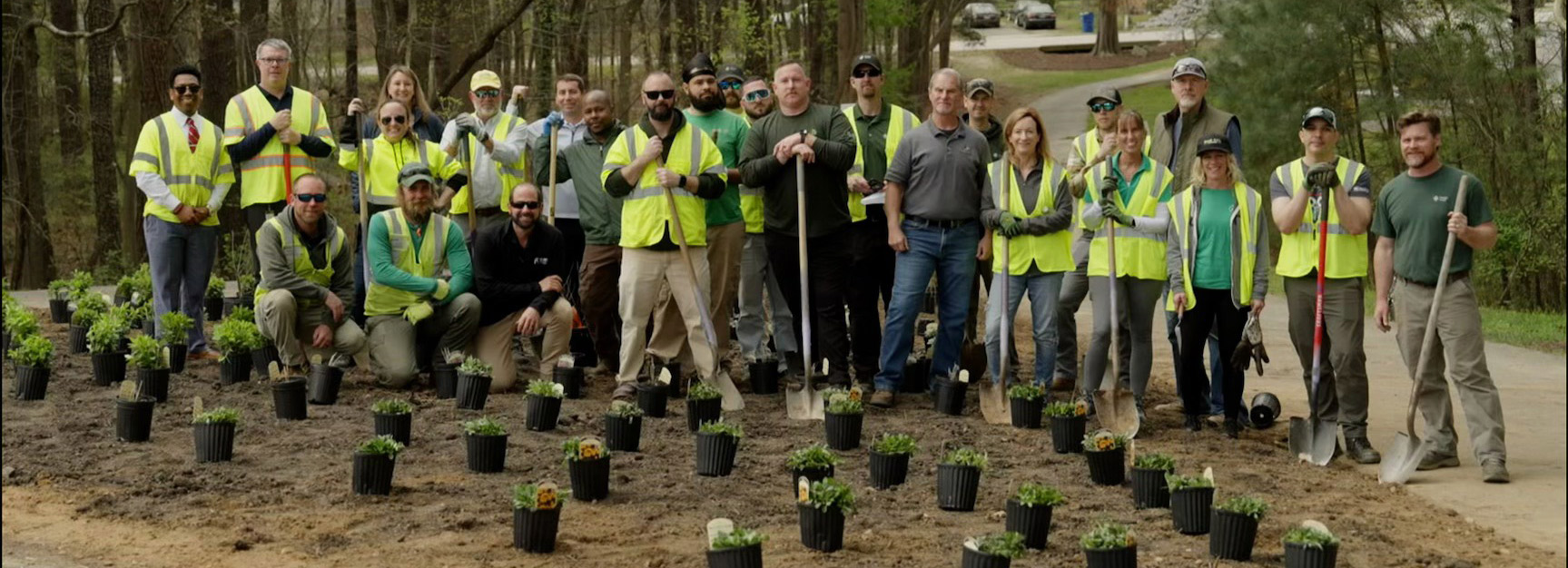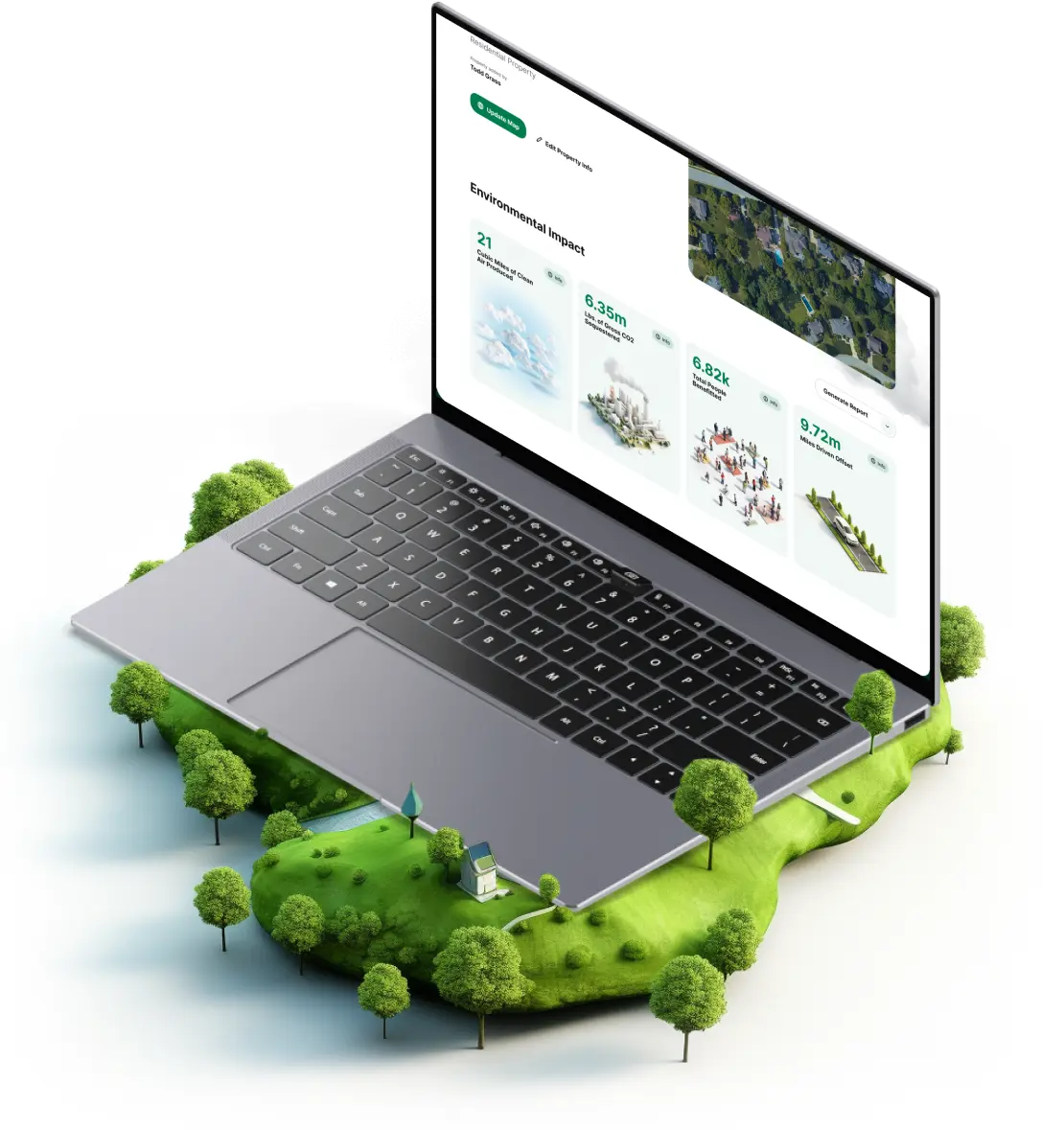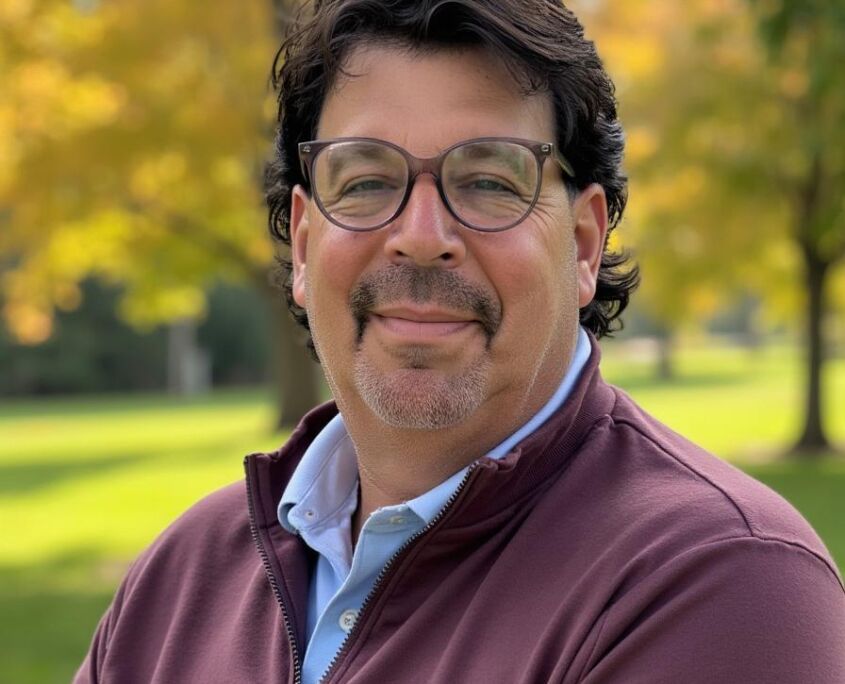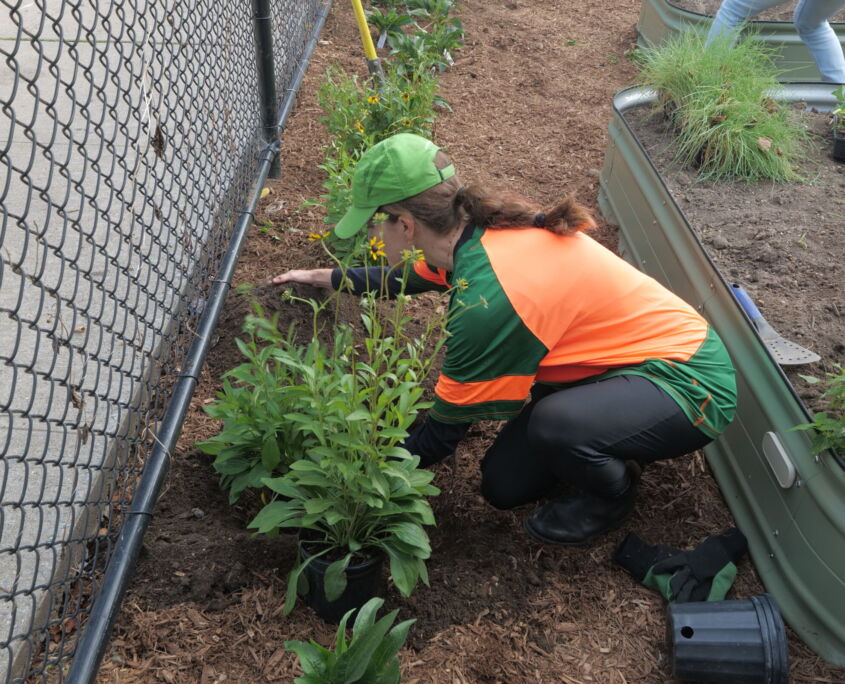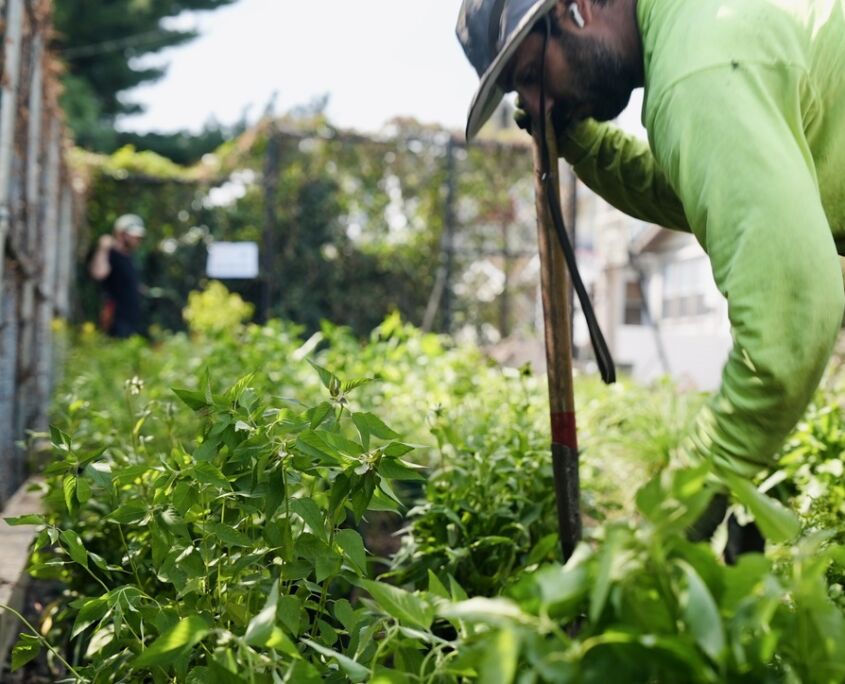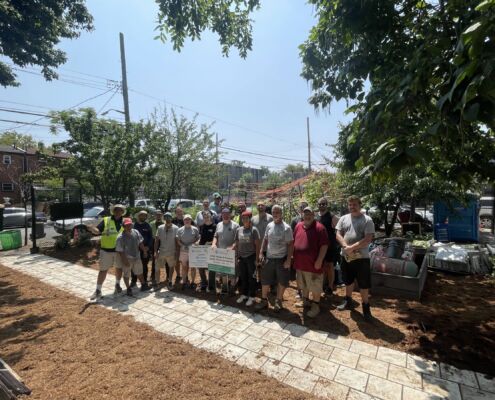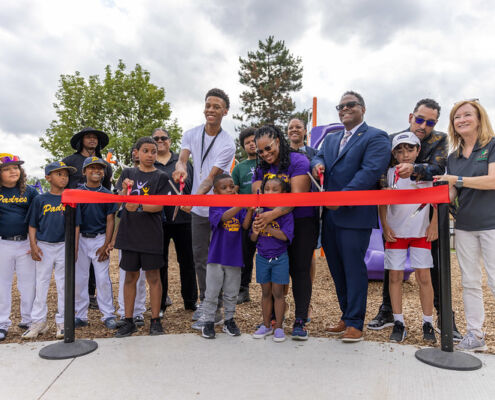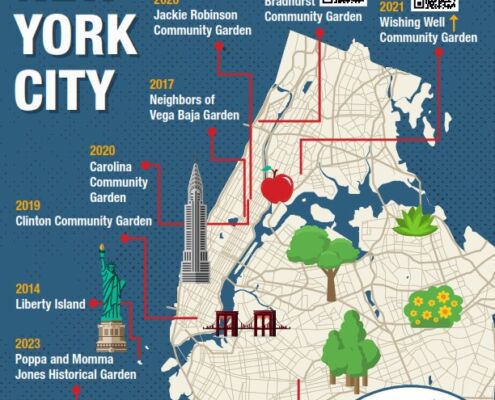Help Project EverGreen create a greener, healthier, cooler Earth.
Change how your community thrives.
Give the gift of green space
Every day, almost 80,000 people
across the nation come together to enjoy
cleaner, cooler air in green spaces improved
by Project EverGreen volunteers.
Grow peace of mind for military families.
Get help outdoors or give it
Our nationwide network of GreenCare for
Troops volunteers have provided healthier,
greener outdoor spaces for thousands
of military families.




